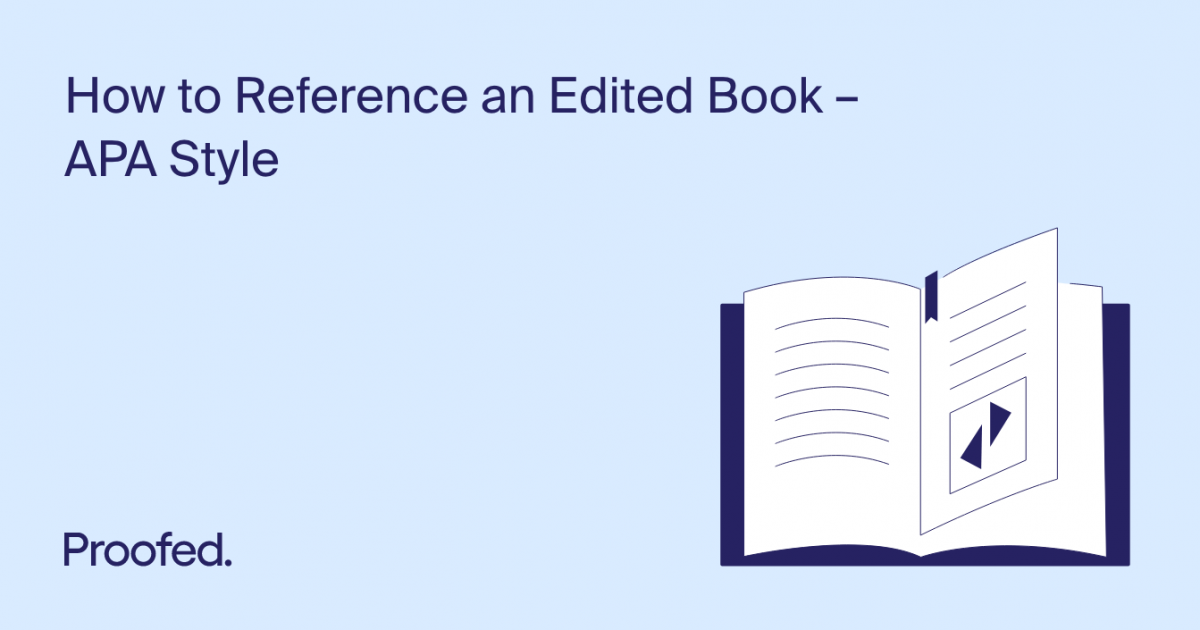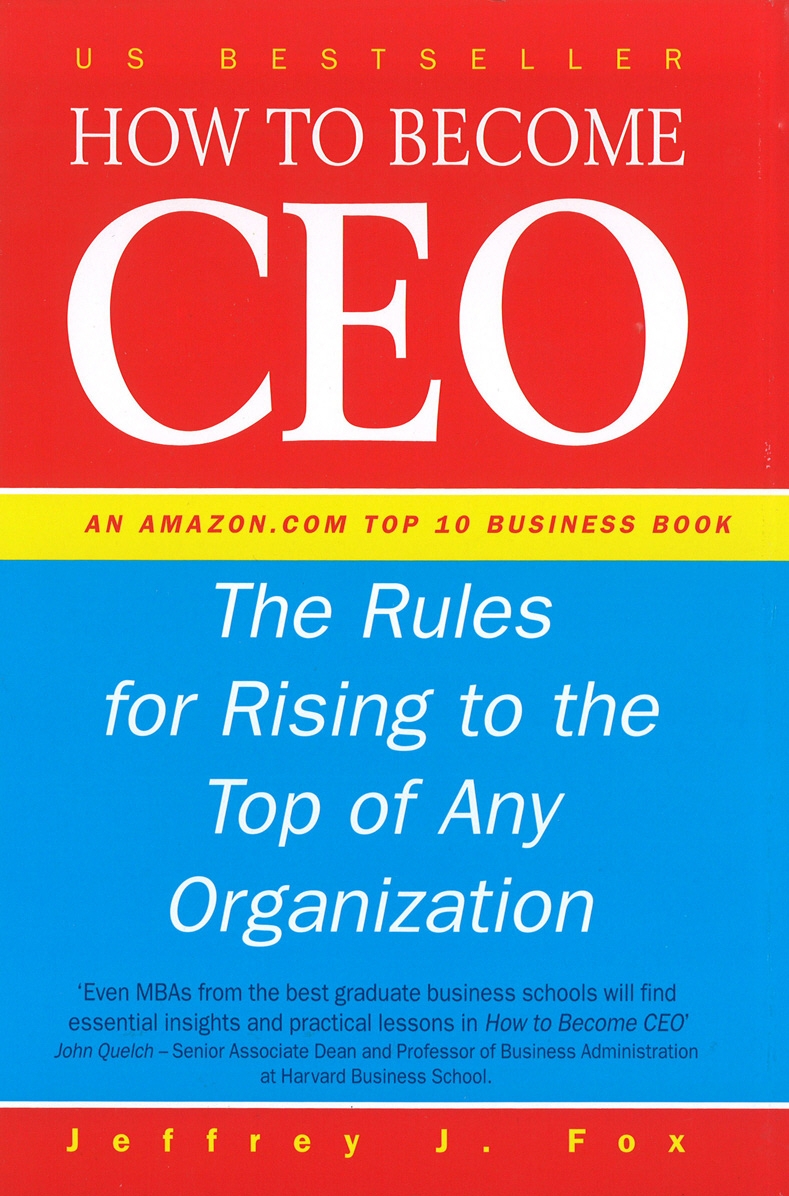So, you've bravely ventured into the world of academic writing, and now you're staring down the barrel of citing an edited book using APA style. Don't worry, it's not as scary as it sounds, even if it feels like trying to herd kittens sometimes.
The Dance of Authors and Editors
Think of an edited book like a really cool party. You've got all these different authors, each bringing their own delicious dish (their chapter). Then, you've got the editor, the host, making sure everyone gets along and the buffet looks amazing!
Our goal is to give credit where it's due, acknowledging both the chef who cooked the dish (the chapter author) and the host who organized the party (the editor).
Finding the Right Partner: The Chapter Author
First, you'll need to find the author of the specific chapter you're using. It's like tracking down the creator of that incredible chocolate cake everyone's raving about.
Their name will usually be right at the beginning of the chapter itself. Make sure you have their full first name, middle initial (if they use one), and last name, just like a proper party invitation.
The Title Tango: Chapter and Book
Next, find the title of the chapter. This is the title of the specific piece you're referencing, the chocolate cake's name, if you will.
Then, get the title of the entire book. It’s the name of the party! Both titles are crucial.
The Editor's Spotlight
Don't forget the editor! They are the unsung heroes. Their name (or names!) will usually be on the cover or title page.
After their name, you'll also need to indicate their role with "(Ed.)" for one editor or "(Eds.)" for multiple editors. It's like giving them a special host badge.
Putting it All Together: The Citation Recipe
Now, the fun part: constructing the citation. Think of it as following a recipe, but instead of flour and sugar, we're using names and titles.
Here's the basic structure: Author, A. A. (Year). Title of chapter. In E. Editor (Ed.), Title of book (pp. xx-xx). Publisher.
Let's break it down. The chapter author's last name, followed by initials. Then, the year the book was published. After that, the title of the chapter.
The "In" part is crucial. It tells everyone that this chapter is part of a larger work. Then, the editor's name, followed by "(Ed.)" or "(Eds.)", depending on how many editors there are.
Next comes the title of the entire book (in italics!), followed by the page numbers where the chapter appears in the book. Finally, the name of the publisher.
Example: Smith, J. (2023). The psychology of procrastination. In A. Johnson (Ed.), Modern perspectives on time management (pp. 45-62). Academic Press.
Remember, you will use the chapter author to cite the information. But you will include the editor of the book too!
The References Page Finale
Finally, make sure your full citation ends up on your references page. Think of it as the guest list at the end of the party, making sure everyone is properly acknowledged.
And there you have it! Citing an edited book in APA style isn't so bad after all. It's just a matter of giving credit where credit is due, making sure both the chefs and the hosts get a round of applause.












![[51] Examples Of Apa Citations For Books - How To Cite Edited Book Apa](https://s3.amazonaws.com/libapps/accounts/20041/images/editedBookchapter.jpg)


![[51] Examples Of Apa Citations For Books - How To Cite Edited Book Apa](https://s3.amazonaws.com/libapps/accounts/20041/images/Book.jpg)




![[51] Examples Of Apa Citations For Books - How To Cite Edited Book Apa](https://i0.wp.com/images.slideplayer.com/23/6796962/slides/slide_5.jpg)





